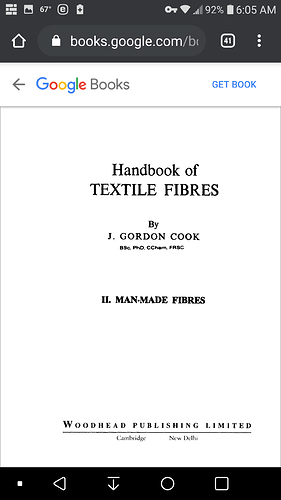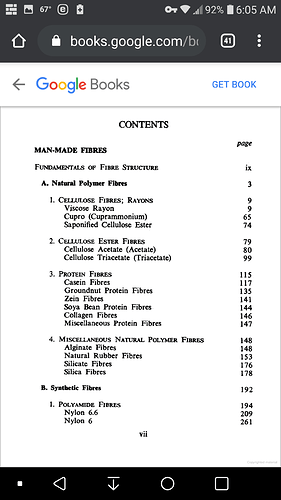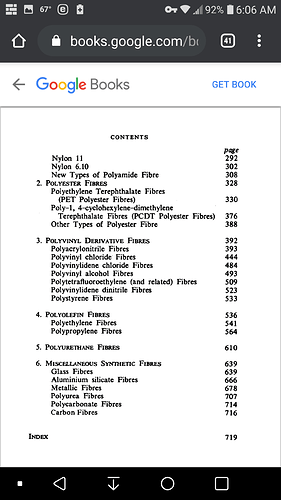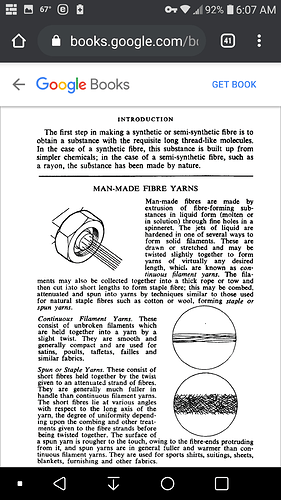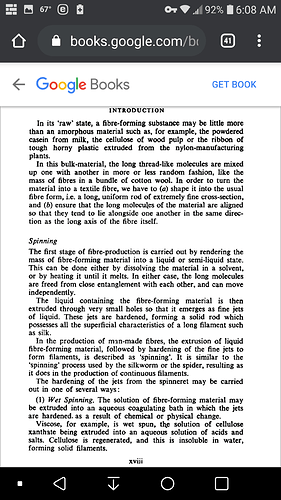There are also different types as well as processing methods…and with this being a fringe industry, I’m not confident in the sellers, for our intended purpose (never mind the issues surrounding the product). Because the majority aren’t going to divulge their source (point of origin) of the rayon, much less be aware of the process their manufacturer uses.
If that’s the case, then how can they (the link above) go on to say:
200°C = 392°F
Which is well within the usage of many TC vapers (and definitely in range of most high power vapers).
Now, I’ll say write clearly, I’m NOT a chemist, nor even remotely qualified as such. But I’m not going to take “vape marketing” speak for matters of science (in cases such as this). The same way I don’t buy into the bs about D/A/AP, because if diacetyl was a threat at the levels we use them at, and cigarettes have 100’s to 1000’s of times the amount of diacetyl, then IF there was a threat, shouldn’t we have a long scientifically proven history of millions of smokers with popcorn lung?? ![]()
But I digress.
Now the following only applies to the upper end (a low percentage of vapers), but is still worth mentioning (to the topic at large, because it could also explain some of the nastiness of the dry hit):
310°C = 590°F
Still within the range of many vaping devices.
I will definitely say thank you @warkwarth for replying, because even though I (currently) stand in uncertainty, your thoughtful response caused me to continue to look further into the science of it.
While I still don’t have a full understanding, I have a better understanding.
Other points (from my link above) I found interesting, and worth sharing:
Also worth noting IMO, that there is ZERO mention of Rayon in the link.
Looks like I’ll need to research further about the science involved with the relationship between the two…



